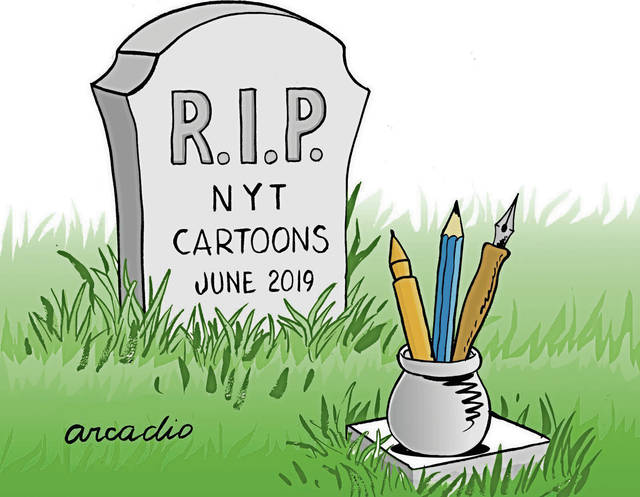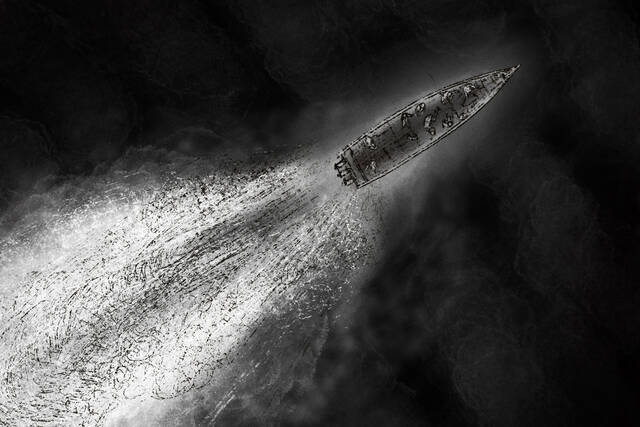I’m a big believer in the power of words.
I think that words convey things in a way that is truly amazing. They don’t just transmit information, like the 1’s and 0’s of binary code, delivering a copy of this data to that receiver. That would be enough to still be one of the most remarkable accomplishments of human beings.
But words do more. Words are empathy and consolation. They are weapons and tools. They are defenses and fortresses. They are time machines, inventions and transportation. They are music and color and imagination.
Words have their limitations though. The saying “a picture is worth a thousand words” is true. There are images that say in one breathtaking truth what a writer will labor to describe.
As a journalist, I have always found the image — and now, the video — to be inseparable from a good story, like the cover of a book. Without the cover, all the words can flutter away. The visual anchors the message. They aren’t halves of a whole. You could cut that in two. They are sides of a coin too thin to be sliced.
More and more news agencies have been trying to slice that coin in recent years. While more reporters and editors are laid off, photographers can be in an even more precarious position.
In 2013, the Chicago Sun-Times cut its entire 28-person photo staff in favor of having reporters take all the pictures on cell phones. For perspective, the paper had won two Pulitzer Prizes for photography.
This week, The New York Times looked at that decision , cracked its knuckles and said “our turn.”
The Times isn’t getting rid of photos. The slow demise of its daily political cartoons has reached its end. As of July 1, the international edition — already in hot water over an April 25 syndicated cartoon seen as anti-Semitic —will join the U.S. daily in being cartoon-free.
Unlike the Sun-Times decision, the Times move doesn’t leave the door open for someone else to pick up the pen. It doesn’t acknowledge the inherent value of the visual punch a political cartoon can deliver in a visceral way that words simply cannot.
And the irony is great.
The Times is 167 years old, far younger than the caricatures that stick a finger in the eye of the powerful.
But the Times grew up in what might have been a Golden Age of political cartoons, with Boss Tweed and Tammany Hall. Tweed’s famous response to Thomas Nast’s political cartoons for the Times was that he didn’t care what the paper wrote about him.
“My constituents can’t read,” he said. “But they can’t help seeing the damn pictures.”
Today’s average American is a lot more literate. They can read articles. They should read articles. But if the news is a three-hour blockbuster movie, a political cartoon can be the trailer that grabs your attention and makes you want to buy a ticket.
And the Times — which just won its very first Pulitzer for editorial cartooning in 2018 — should know that without a thousand words spelling it out.








